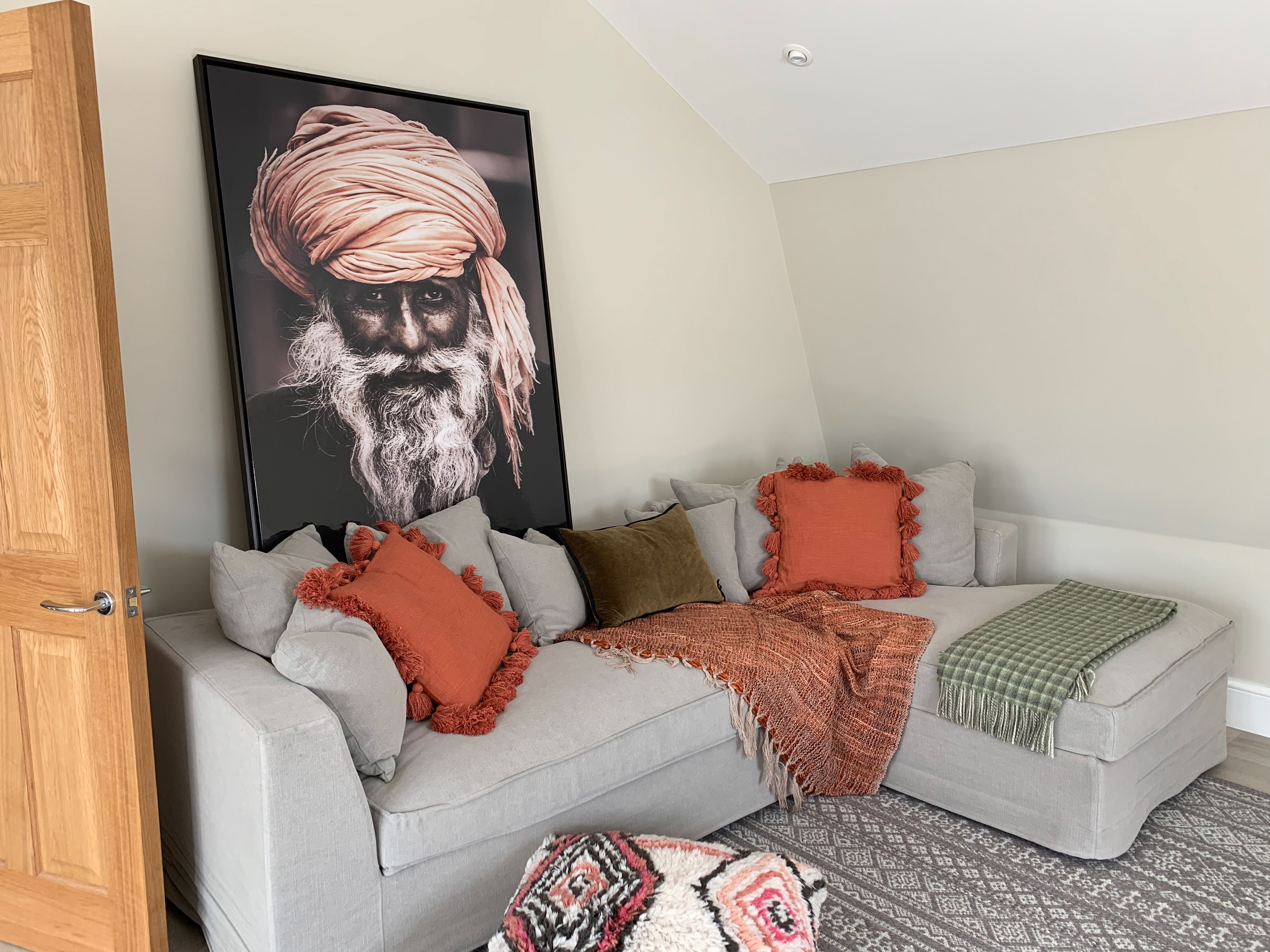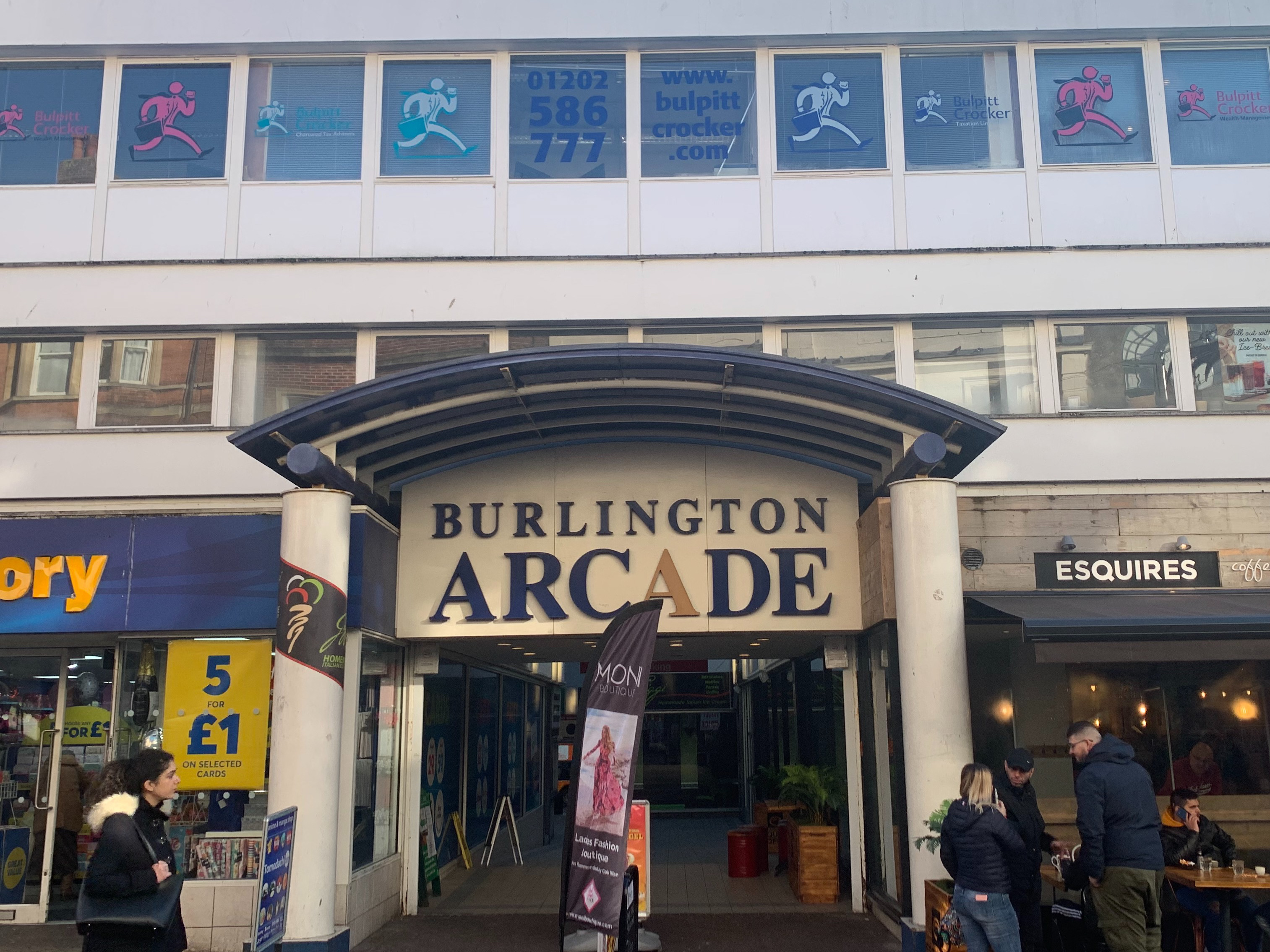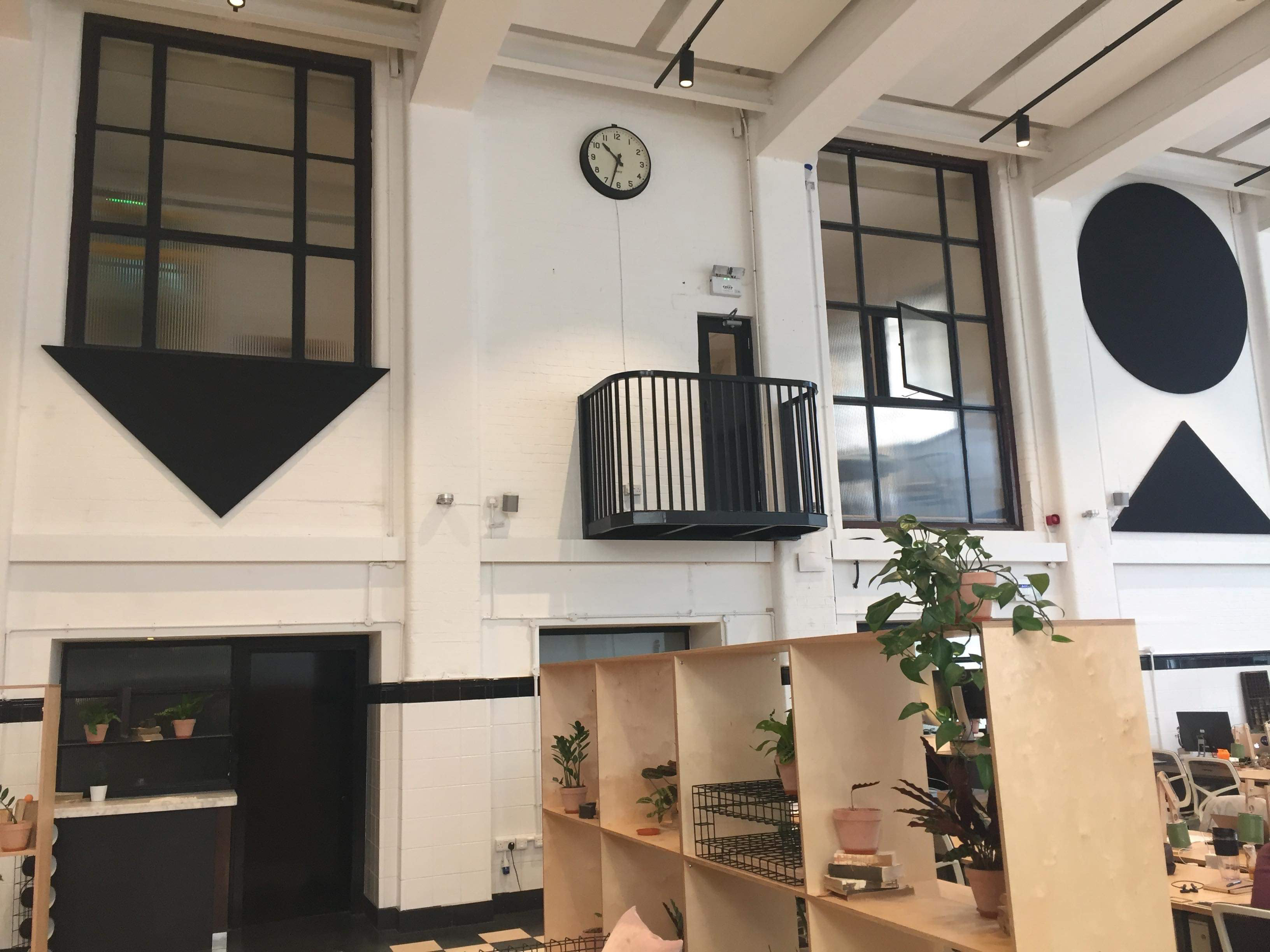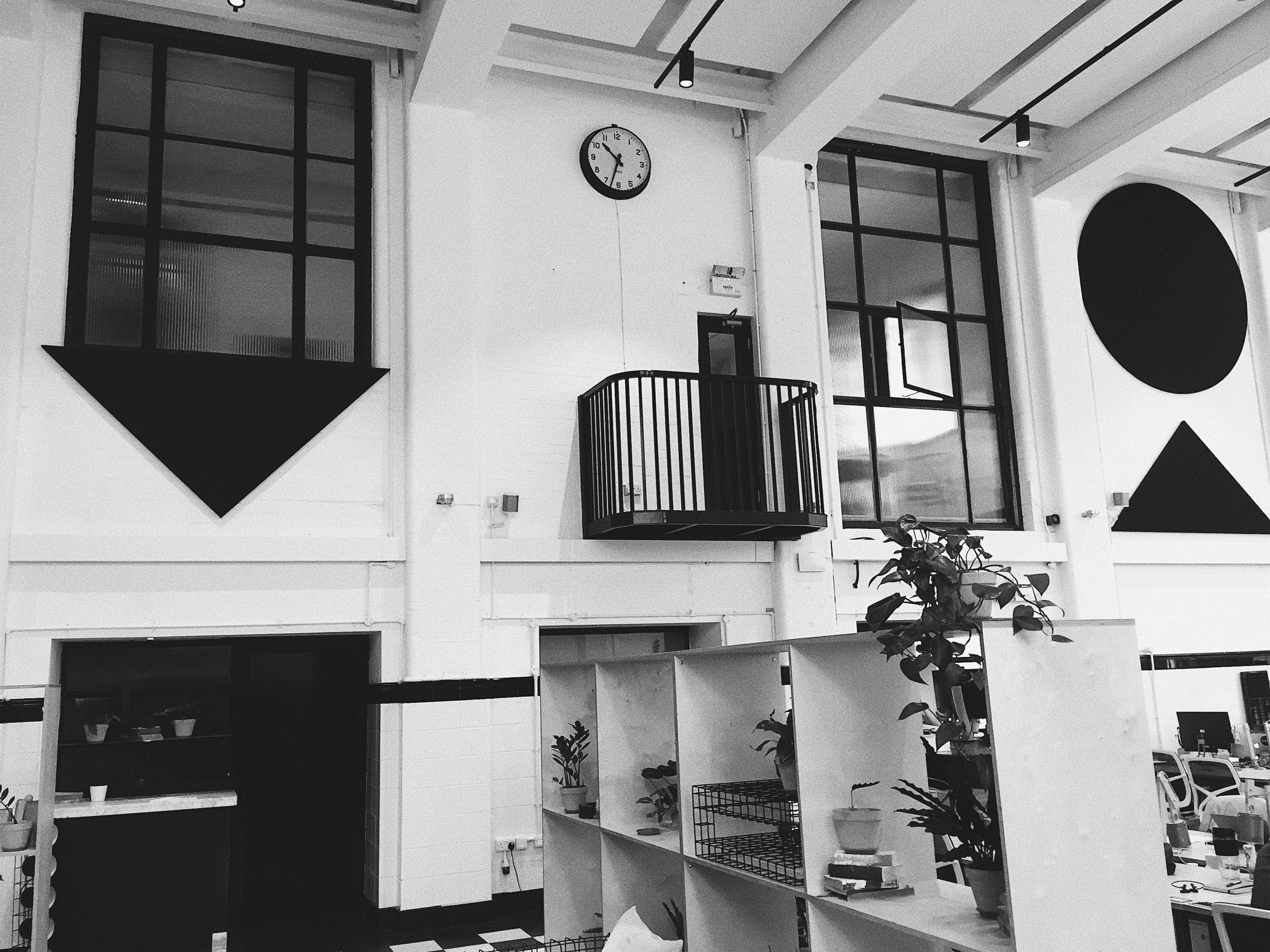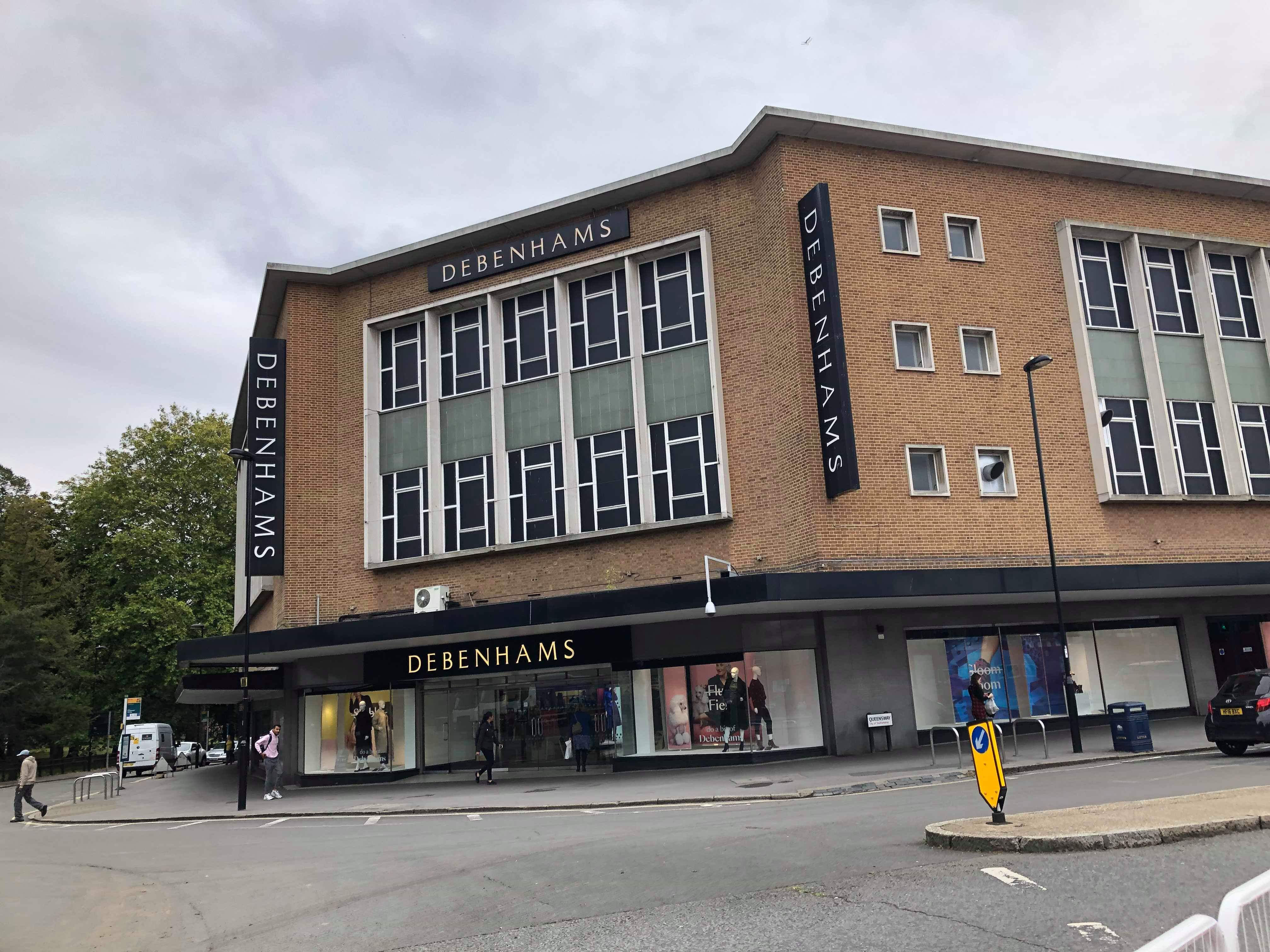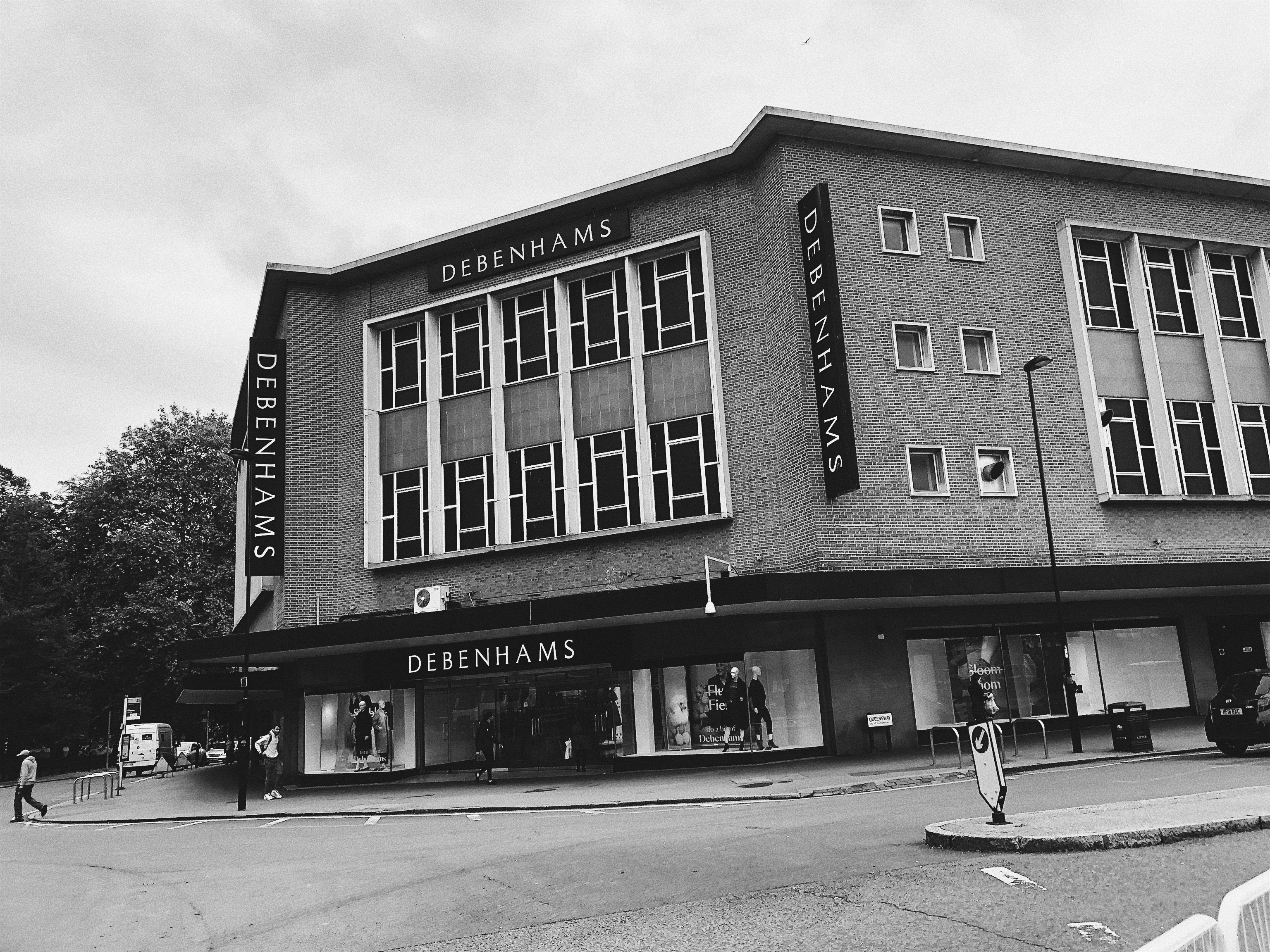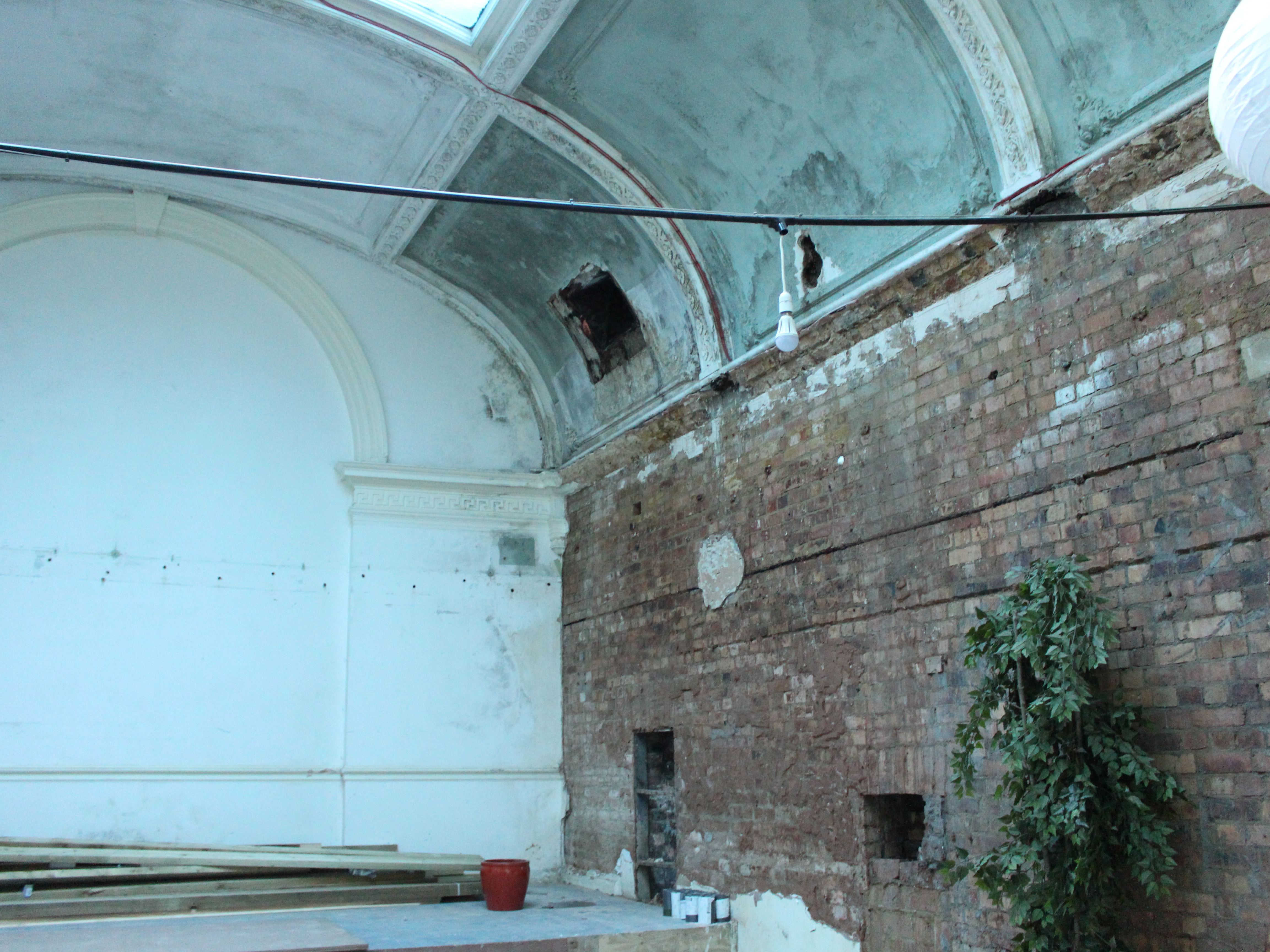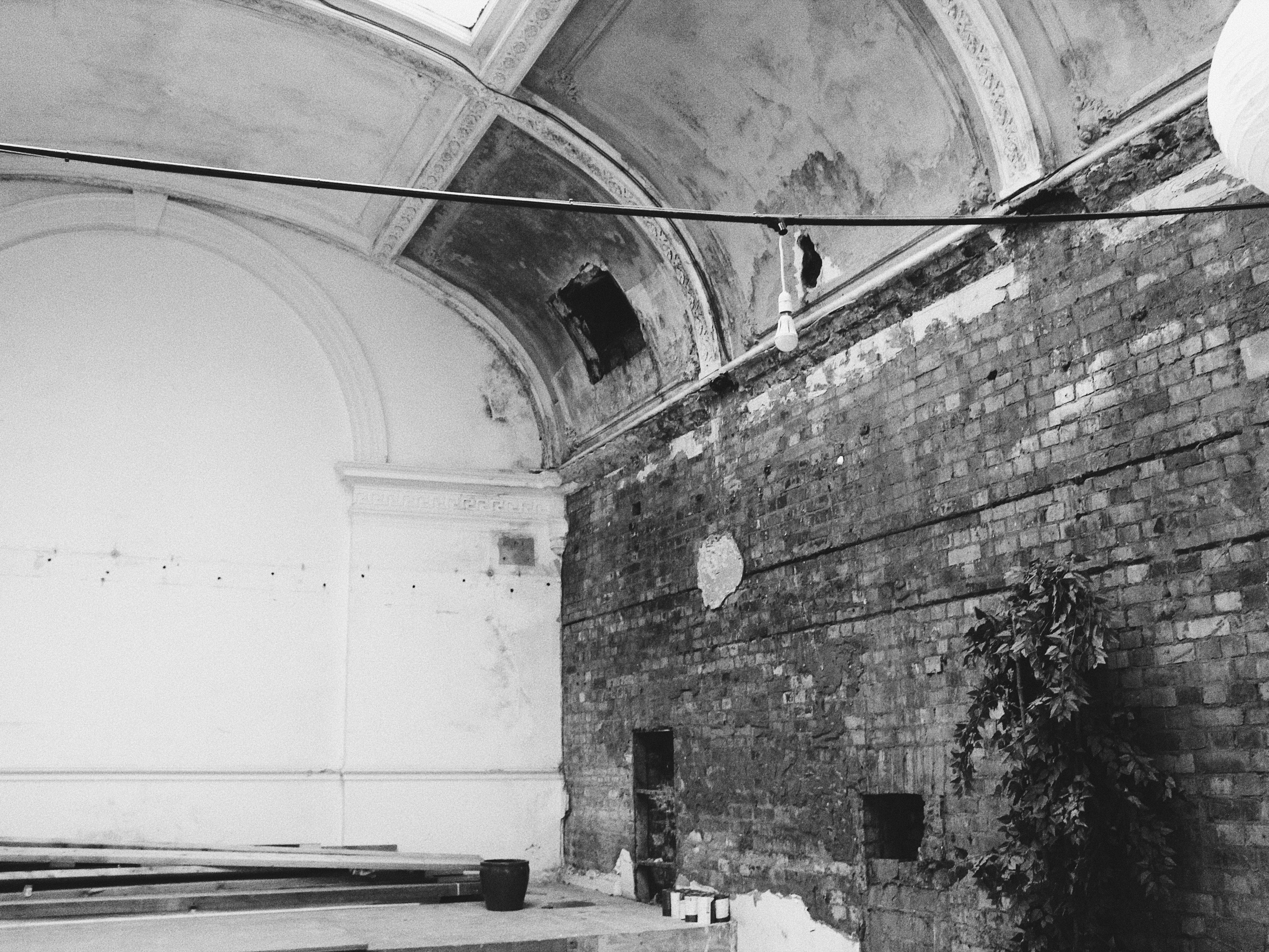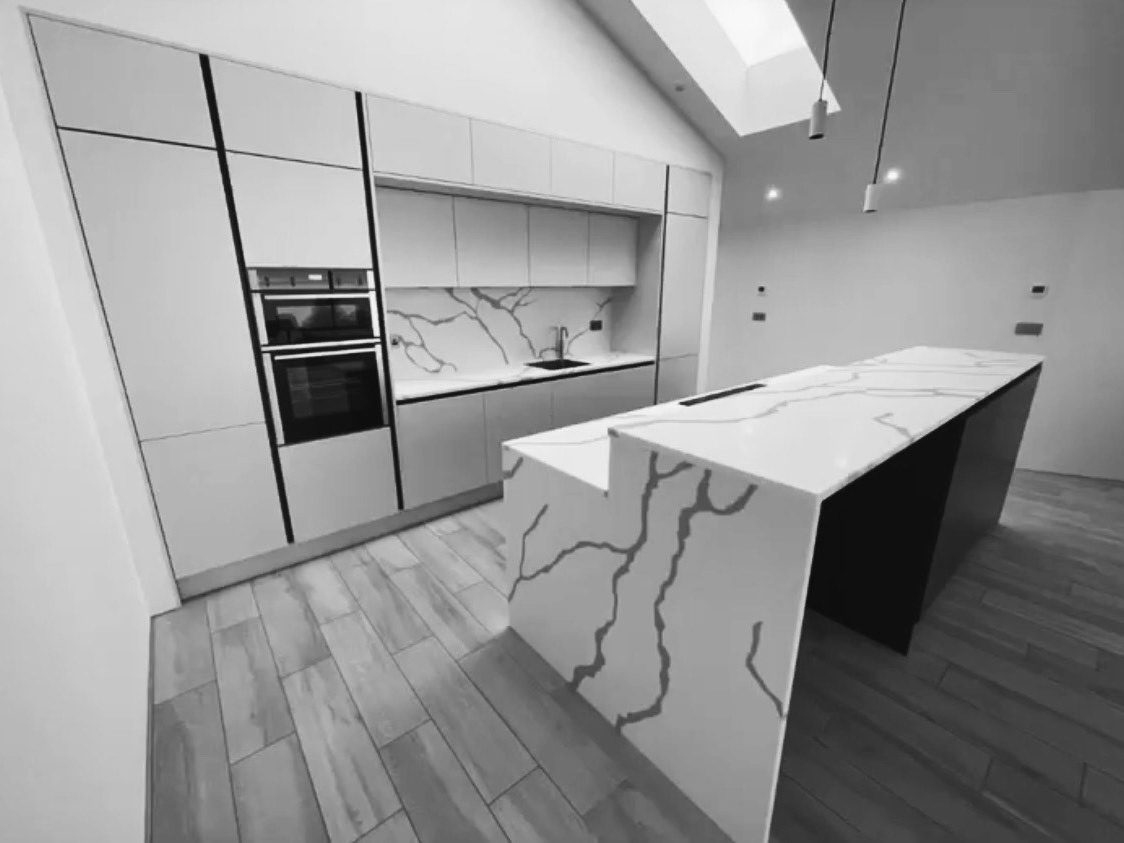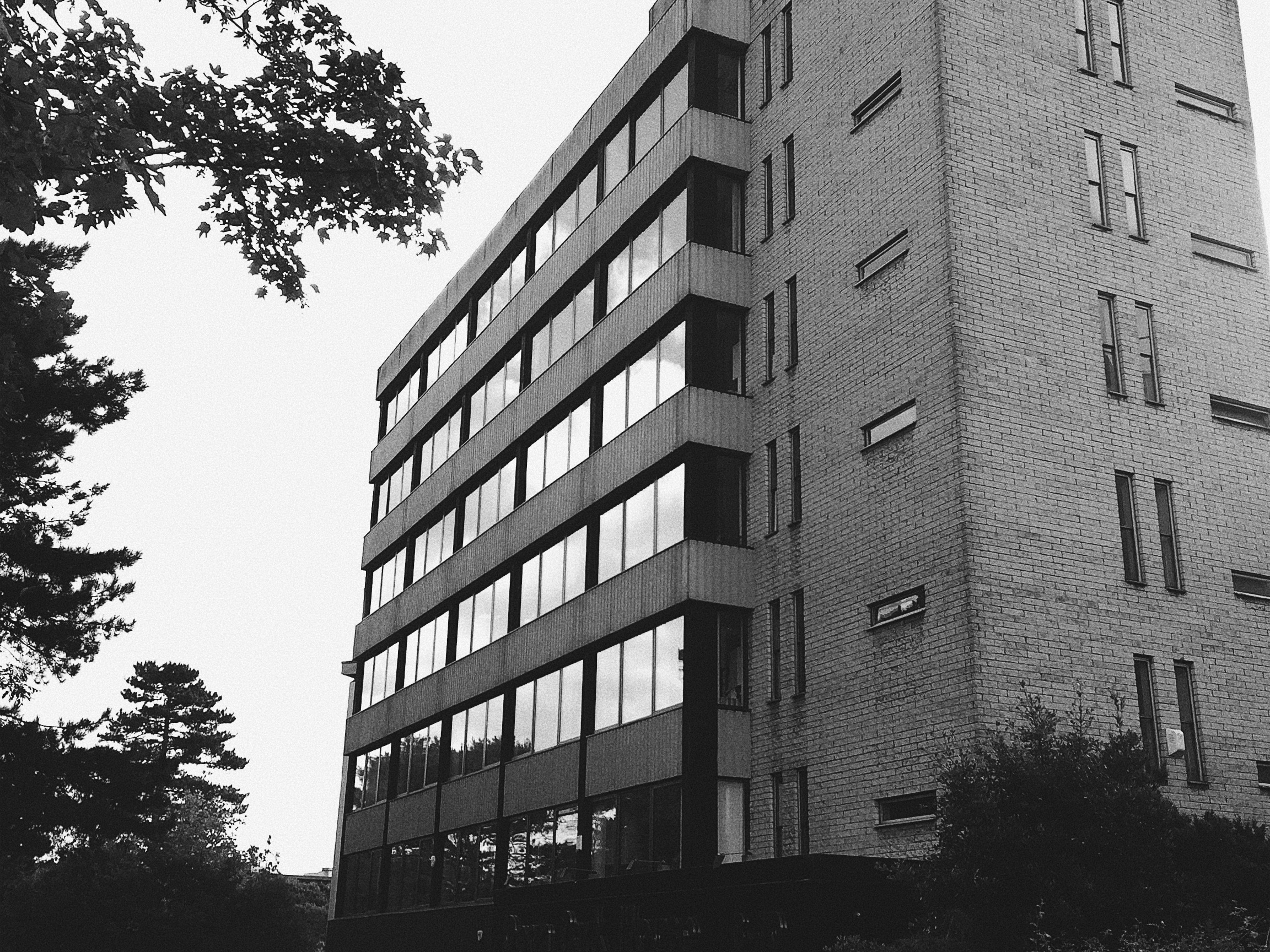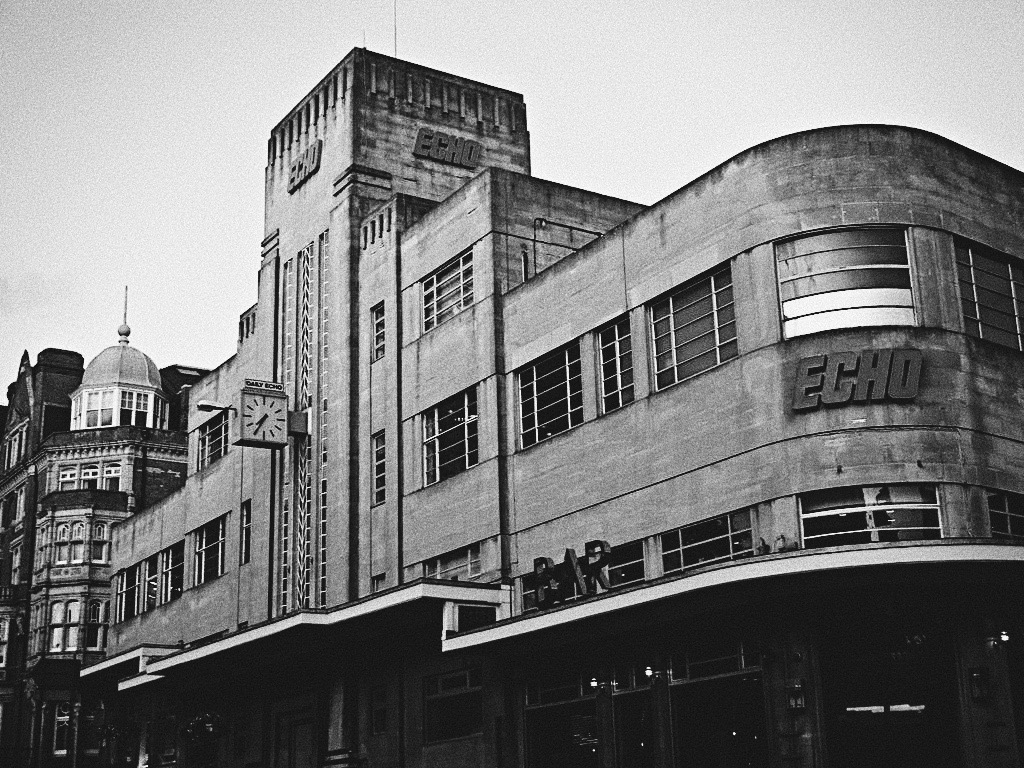Introduction
The Distance of the Moon is a set design project inspired by Italo Calvino’s poetic short story 'The Distance of the Moon' from his Cosmicomics series. The Cosmicomics series is a collection of stories that blend science and myth, based on events such as the Big Bang or Evolution. It reimagines the surreal, emotional journey between Earth and Moon through the playful, futuristic lens of 1960s science, technology, and design.
Set within the historic Shelley Theatre in Bournemouth, the project transforms Calvino’s narrative into a visual and atmospheric experience — where architecture, lighting, and storytelling merge to create a world of imagination.
Concept & Research
I began the project with audience research that revealed a fascination with mystery, mood, and visual storytelling — a theme that guided my design direction.
Exploring Calvino’s story, I focused on its themes of love and curiosity, translating these into visual contrasts of light and shadow.
Exploring Calvino’s story, I focused on its themes of love and curiosity, translating these into visual contrasts of light and shadow.
Research into the 1960s Space Race, pop art, and television culture shaped the aesthetic— an era defined by optimism, experimentation, and a fascination with the unknown.
Site & Context
Located in Bournemouth, the Shelley Theatre provided a rich architectural and historical backdrop. Its compact stage and 160-seat capacity encouraged an intimate, immersive design approach.
Technical drawings and site measurements helped refine scale and sightlines, ensuring every element — from the waves at the front of the stage to the moon at the back — could be clearly experienced by the audience.
Design Development
Initial sketches explored the story’s key symbols — the moon, ladder, and sea — as abstract forms. These evolved into a bold 1960s-inspired interpretation where a retro television becomes the moon, acting as both a stage platform and focal point.
This concept merges nostalgia with modernity: a playful reflection of how technology allowed humanity to “reach” the moon. The curved forms and rhythmic patterns throughout echo 1960s design motifs, creating flow and movement across the set.
Material & Visual Language
(Images: material samples — PVC, pine, spandex — alongside Warhol, Panton, and Star Trek references)
Material choices were driven by both practicality and period authenticity:
Pine for structure — lightweight and easy to work with.
PVC for colour and gloss — referencing mid-century plastics.
Spandex for flexibility — used for the sea and lighting effects.
The set draws inspiration from Andy Warhol’s bold colour contrasts, Verner Panton’s sculptural furniture, and the cinematic lighting of Star Trek. Lighting became a storytelling tool — shifting hue and tone to create emotion, movement, and atmosphere without physical scene changes.
Final Design & Outcome
The final set is an expressive blend of form, colour, and light.
A glowing “TV moon” hovers above a wave-like stage.
A glowing “TV moon” hovers above a wave-like stage.
Lighting transitions carry the emotional weight of each scene:
✨ Soft yellows — warmth and hope
💙 Deep blues — mystery and distance
❤️ Vivid reds — passion and tension
✨ Soft yellows — warmth and hope
💙 Deep blues — mystery and distance
❤️ Vivid reds — passion and tension
This cost-effective design balances creativity with feasibility, inviting the audience into Calvino’s universe while celebrating the design optimism of the 1960s.
Reflection
The Distance of the Moon reflects my interest with storytelling through space and light.
It’s a project about curiosity, transformation, and the overlap between science and art — reminding us how fun and important it is to tell a story through design.
It’s a project about curiosity, transformation, and the overlap between science and art — reminding us how fun and important it is to tell a story through design.
